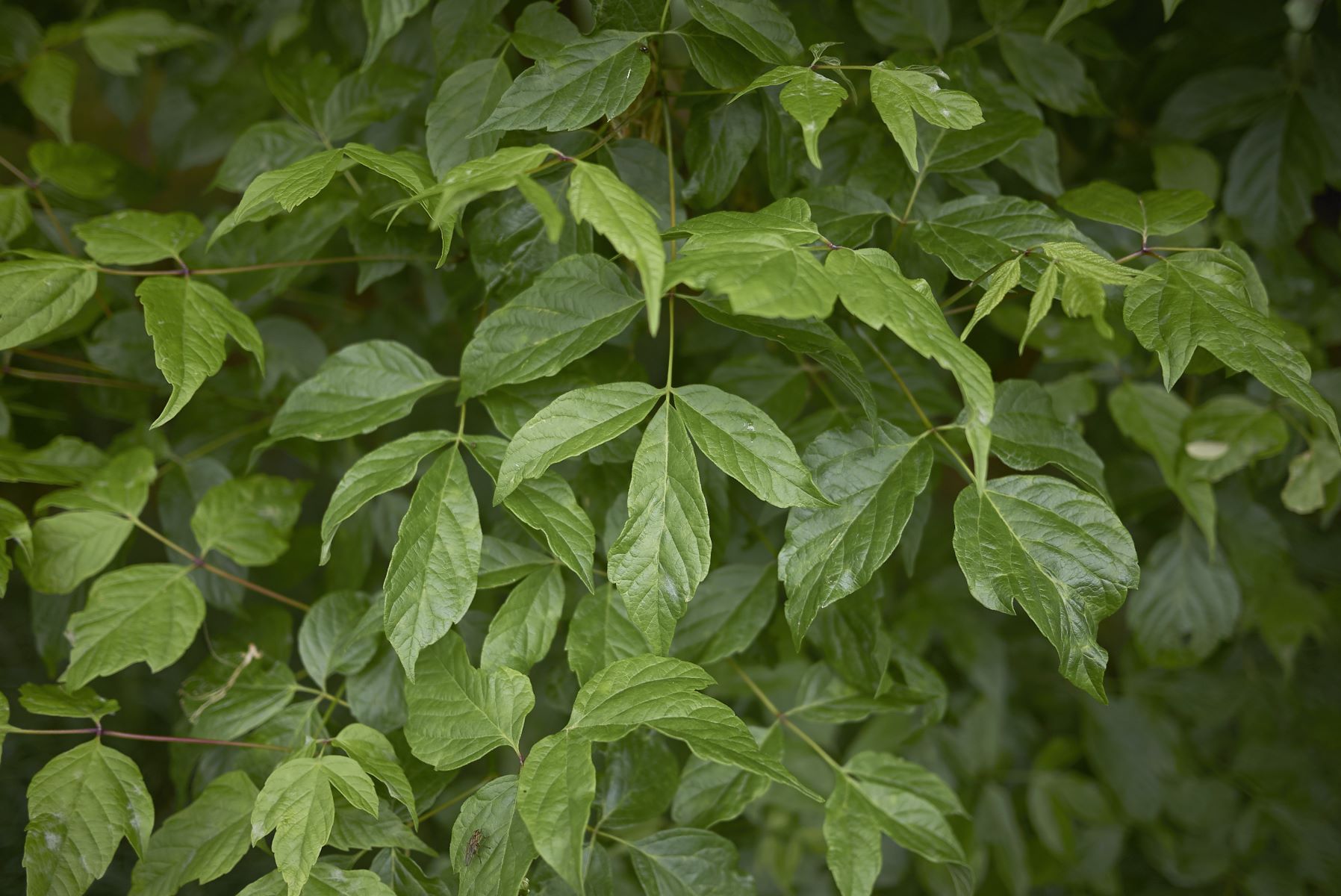
Ever wondered about the secrets lurking within the branches of the humble box elder tree? These trees, often overlooked, are packed with fascinating stories and facts that might just surprise you. Box elder trees are not only a vital part of the ecosystem but also hold a unique place in both urban and rural landscapes. From their distinctive appearance to their unexpected uses, there's a lot more to these trees than meets the eye. Have you ever thought about what makes these trees so special, or why they're called "box elder"? Well, you're about to find out. Get ready to uncover 17 amazing facts about box elder trees that will surely leave you looking at them with newfound appreciation.
Key Takeaways:
- Box elder trees, also known as Acer negundo, are unique maple species with adaptable features, providing habitat and food for wildlife while facing challenges from pests and diseases.
- Conservation efforts and research are crucial for the future of box elder trees, which contribute to urban green spaces and may produce syrup with lower sugar content.
What Are Box Elder Trees?
Box elder trees, known scientifically as Acer negundo, are a species of maple tree. Unlike their maple relatives, which are famous for their vibrant fall colors and syrup, box elder trees have distinct characteristics. They are fast-growing, thrive in various environments, and are often found in rural and urban areas. These trees are easily recognizable by their compound leaves, which are unusual for maples, and their greenish-yellow flowers that bloom in early spring.
- Acer negundo is the scientific name for box elder trees, setting them apart within the maple family.
Unique Features of Box Elder Trees
Box elder trees have several unique features that distinguish them from other maples. Their ability to adapt to different soil types and environments contributes to their widespread presence across North America. Additionally, the trees are dioecious, meaning they have separate male and female trees, which is relatively rare among tree species.
- These trees can grow in a variety of soil conditions, showcasing their adaptability.
- Dioecious nature means there are distinct male and female box elder trees.
The Role of Box Elder Trees in Ecosystems
In ecosystems, box elder trees play a crucial role. They provide habitat and food for various wildlife species. For instance, their seeds are a food source for birds and small mammals. Moreover, the trees offer shelter and nesting sites, contributing to biodiversity in their habitats.
- Seeds of box elder trees serve as food for birds and small mammals.
- They contribute to ecosystem biodiversity by providing shelter and nesting sites.
Box Elder Trees and Human Uses
Historically, box elder trees have had multiple uses in human societies. Their wood, while not as durable as other maples, has been used for products like crates and furniture. In some cultures, parts of the tree, such as leaves and sap, have been used for medicinal purposes.
- Wood from box elder trees is utilized in making crates and furniture.
- Leaves and sap have medicinal uses in certain cultures.
Challenges Faced by Box Elder Trees
Despite their resilience, box elder trees face challenges. One of the most significant is the box elder bug, which feeds on the sap of these trees. While not harmful to the tree's health, large populations of these bugs can become a nuisance to people living nearby. Additionally, box elder trees are susceptible to various diseases and environmental stressors.
- Box elder bugs feed on the sap but generally don't harm the tree.
- These trees are vulnerable to diseases and environmental stressors.
Conservation Efforts for Box Elder Trees
Efforts to conserve box elder trees focus on protecting their natural habitats and managing pests and diseases. Conservationists emphasize the importance of maintaining healthy ecosystems to support these and other native species. Through such efforts, the resilience and ecological value of box elder trees are recognized and preserved.
- Protecting natural habitats is crucial for the conservation of box elder trees.
- Managing pests and diseases is part of conservation efforts.
The Aesthetic Appeal of Box Elder Trees
Despite some challenges, box elder trees have aesthetic appeal, especially in the fall when their leaves turn vibrant shades of yellow and red. Their rapid growth and ability to thrive in various conditions also make them popular choices for landscaping and reforestation projects.
- Leaves turn vibrant yellow and red in the fall, adding to their aesthetic appeal.
- Rapid growth and adaptability make them suitable for landscaping and reforestation.
Box Elder Trees: A Source of Maple Syrup?
While not as commonly tapped for syrup as other maple species, box elder trees can produce a sweet sap that can be turned into syrup. However, the sugar content is lower than in species like the sugar maple, making syrup production less common.
- Box elder trees can produce sap for syrup, though it's less common due to lower sugar content.
The Future of Box Elder Trees
Looking ahead, the future of box elder trees depends on continued conservation efforts and research into their ecological roles and benefits. As climate change impacts ecosystems, understanding and supporting the adaptability of species like the box elder will be vital.
- Continued conservation and research are key to the future of box elder trees.
- Understanding their adaptability to climate change is crucial for ecosystem support.
Box Elder Trees and Urban Environments
In urban environments, box elder trees can help mitigate pollution and provide green spaces. Their ability to grow in varied conditions makes them excellent candidates for urban forestry projects, contributing to healthier, more sustainable cities.
- Box elder trees contribute to pollution mitigation and green spaces in urban areas.
A Final Glimpse at Box Elder Marvels
Box elder trees, often overlooked, are truly fascinating. From their unique ability to thrive in various conditions to their role in ecosystems, these trees add more than just greenery to our landscapes. They're a source of food for wildlife and a canvas for beautiful fall foliage. Understanding these facts not only enriches our appreciation for nature but also highlights the importance of biodiversity. Whether it's their rapid growth, resilience, or the way they attract butterflies, box elder trees have stories woven into their bark and leaves. Next time you spot one, remember, you're looking at a living testament to nature's adaptability and beauty. Let's not take these natural wonders for granted but instead, learn from them and ensure they continue to thrive for generations to come.
Frequently Asked Questions
Was this page helpful?
Our commitment to delivering trustworthy and engaging content is at the heart of what we do. Each fact on our site is contributed by real users like you, bringing a wealth of diverse insights and information. To ensure the highest standards of accuracy and reliability, our dedicated editors meticulously review each submission. This process guarantees that the facts we share are not only fascinating but also credible. Trust in our commitment to quality and authenticity as you explore and learn with us.


